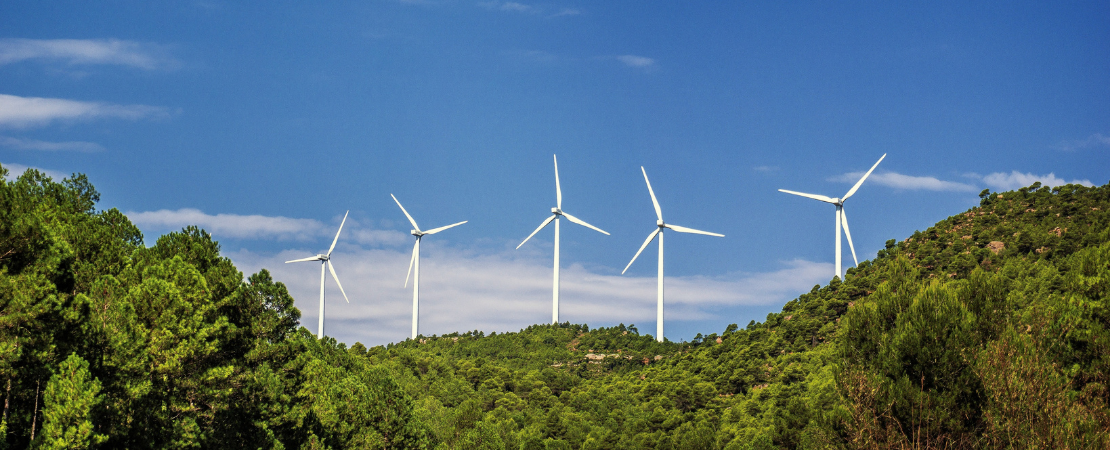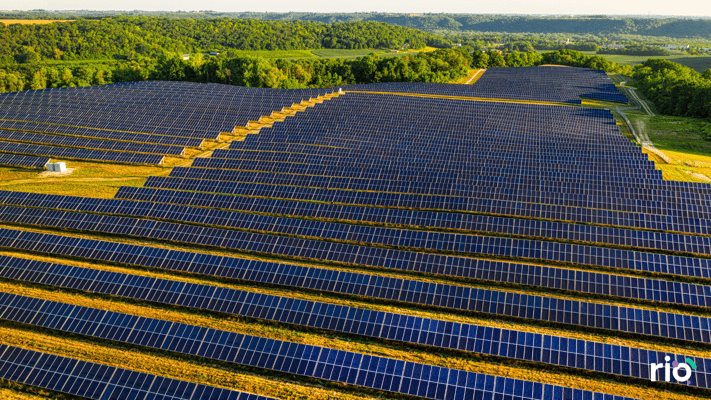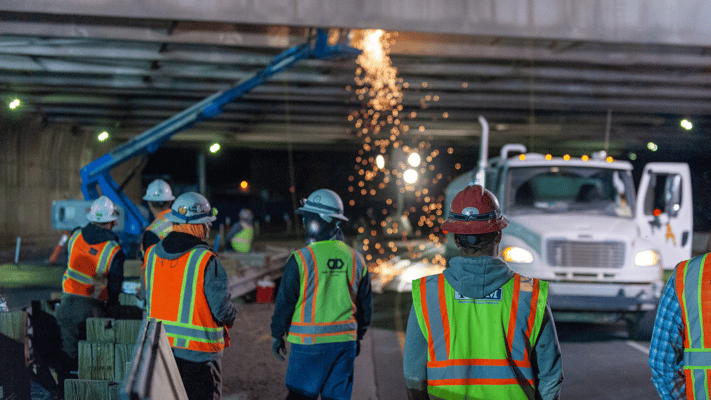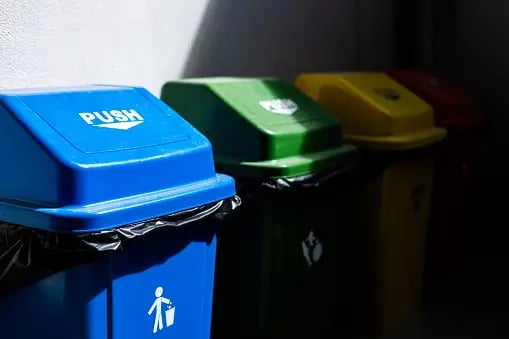Net zero refers to the balance between the amount of greenhouse gas emissions (GHG) produced and the amount removed from the atmosphere. It’s imperative that businesses publicly discuss their plans to reduce emissions to encourage other organisations to take the same proactive approach towards climate action.
Achieving net zero for many organisations will include a combination of emission reductions and offsetting also known as “climate contributions” by purchasing carbon credits. The focus should always be placed first on reducing emissions, but offsetting may be necessary to compensate for unavoidable emissions.
Offsetting refers to a reduction or avoidance of emissions to compensate for other emissions being produced. Best practice carbon offsets are those that use carbon-reduction activities like renewable energy or carbon removal technology projects. Carbon offsets are measured with carbon credits. These credits are measurable, verifiable emission reductions from climate action projects that reduce, remove or avoid GHGs through community development, protecting ecosystems, or installing efficient technology to reduce or remove emissions.
Once a business has decided to incorporate offsetting projects into its net zero landscape, companies must do due diligence in choosing high-quality projects that fulfil their promise and work together to create a net zero carbon footprint.
Yet, what exactly is carbon offsetting due diligence, and how do you ensure you’re picking a project that’s really meeting its goals?
What is carbon offsetting due diligence?
Carbon offsetting due diligence is when you assess the quality, integrity, and credibility of your selected programs to make sure they contribute effectively to combating climate change. Certain aspects of carbon offsetting will be subjective and offset buyers should pay attention to all elements of a project’s quality. Projects should fulfil the following criteria to have a verified climate impact:
- Real - emission reductions are quantifiable and permanent.
- Measurable - all certified impacts are tracked transparently in a public registry.
- Additional - the emission reductions would not have occurred if the project activity had not happened.
- Independently verified - project activities and their impact data are verified by independent third parties.
- Unique - carbon credits are not counted or claimed by any other party.
How should you select a carbon offsetting project?
Not only do projects need to meet the highest standards, but they must also meet your organisational objectives. In addition to the criteria outlined above, organisation’s should also look out for these several characteristics for carbon credits to be considered high-quality:
- Permanency - the emission reductions represented by the carbon credits cannot be reversed after the issuance of the credit.
- Avoiding leakage - generating carbon credits must not generate emissions elsewhere.
- Be monitored, reported, and verified by credible third-party verification systems such as
- Complies with social and environmental safeguards: the generation of carbon credits must not violate any law, regulation or treaty and must meet the international best practice standards for social and environmental safeguard.
How to avoid a low-quality carbon offsetting project
Carbon credit quality can be tricky. There are approximately 600 to 700 million tonnes of old carbon credits available, many of which are no longer considered valid in terms of offsetting. Programs also provide some assurance of the quality of credits but not all certified credits are created equally. That’s why due diligence is so important. There are a few key points to take into consideration when selecting a project:
- Avoid any credit owners that aren’t forthcoming with answers to questions about the project. It’s important to work with someone who is open and has who has a detailed understanding of the project types you’re considering.
- Pay attention to the risk level of the credit. This often refers to choosing between environmental integrity requirements and social/environmental co-benefits. Usually, a project that benefits one sector, is often hard to measure for the other.
- A strategy to address carbon credit quality risk is to purchase more carbon offsets than the volume of carbon emitted. By doing this, it hedges against the risk that some offsets may be of lower quality. It can also help buyers focus on reducing their own emissions as it increases the cost of offsetting.
- Price or vintage (year of issue) isn’t a strong signifier of quality. Usually, very cheap offsets are a sign of low-quality projects where the additionality is probably weak, however, some projects are able to reduce GHG at a relatively low cost. Higher prices do not always mean higher quality. Vintage refers to the year the offset credit was issued or the year in which its associated GHG reduction occurred. It’s important to understand that the vintage of an offset credit does not indicate its quality- older vintages may be a quality concern if they have been unsold for a long time.
Reductions and due diligence is key
Organisations should first focus on reporting and reducing their GHG emissions in line with science-based targets in order to achieve net zero. Once an organisation has robust science-based targets in place, offsetting can then be used effectively to compensate for an organisation's unavoidable emissions.
The guidance on how to best achieve net zero emissions is constantly changing over time and there are already many elements of carbon offsetting that buyers need to consider to ensure they are investing in high-quality projects. Therefore, it’s important to stay on track using accountable, accurate and verifiable reporting. We believe that strategies, reporting and target setting need to be as straightforward as possible, in order for an organisation to effectively reduce their GHG emissions in effort to achieve net zero.
Our guide to net zero outlines 10 highly actionable steps any organisation can take to begin or progress their journey. Download your free copy below.










